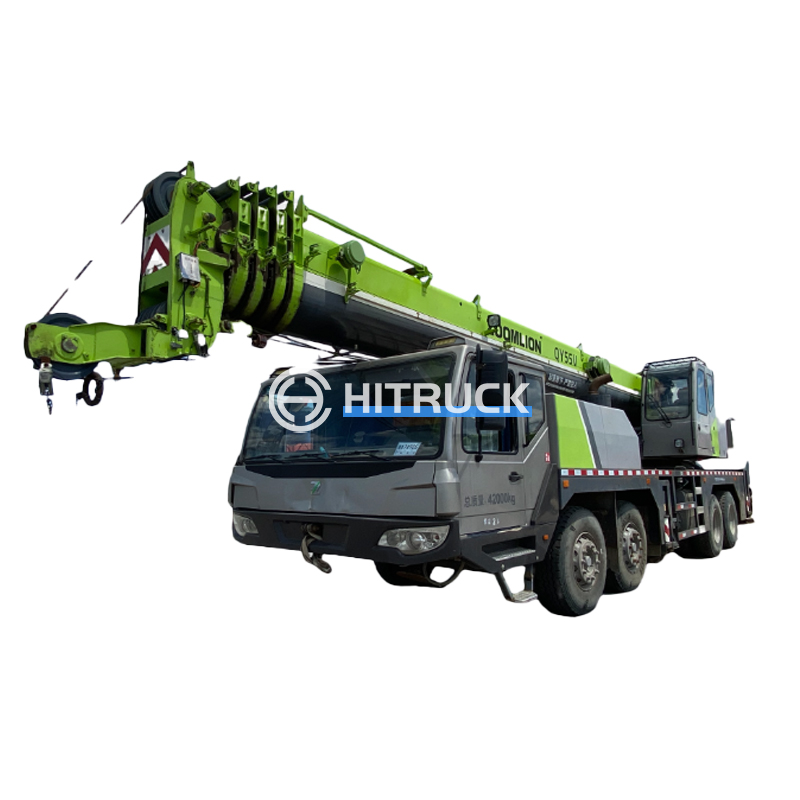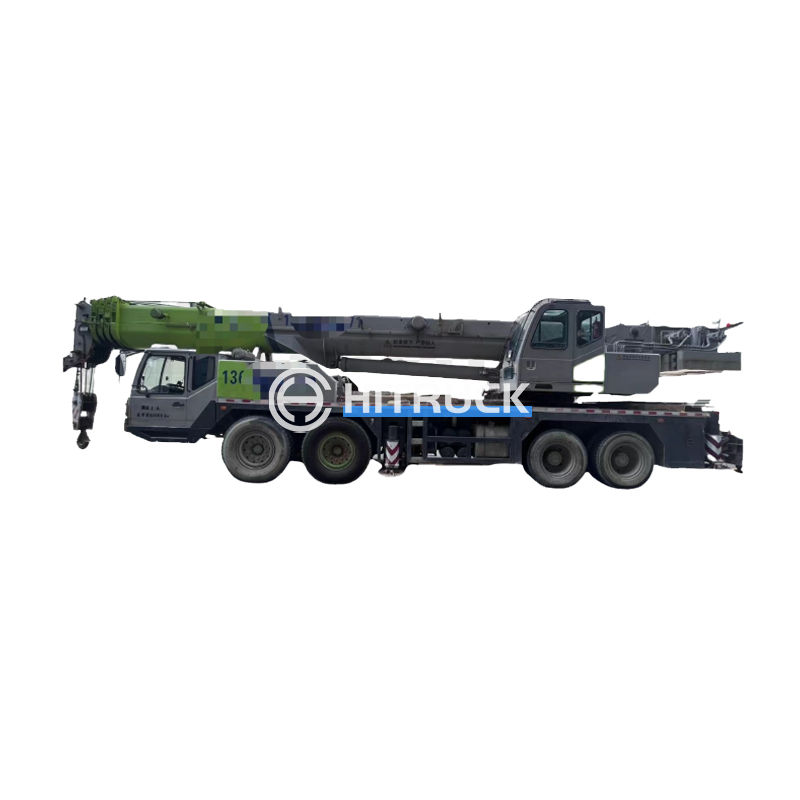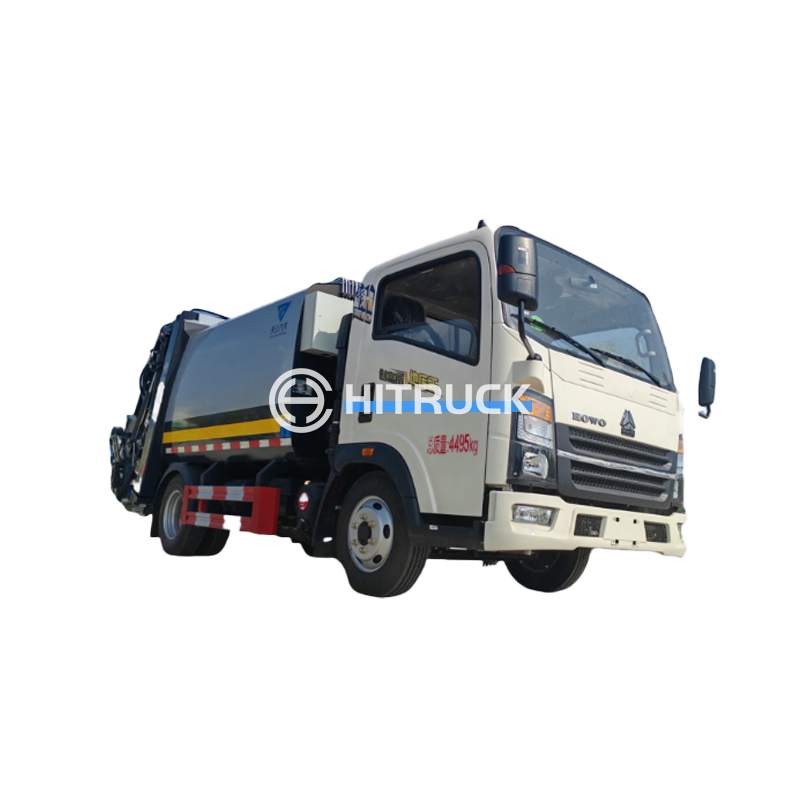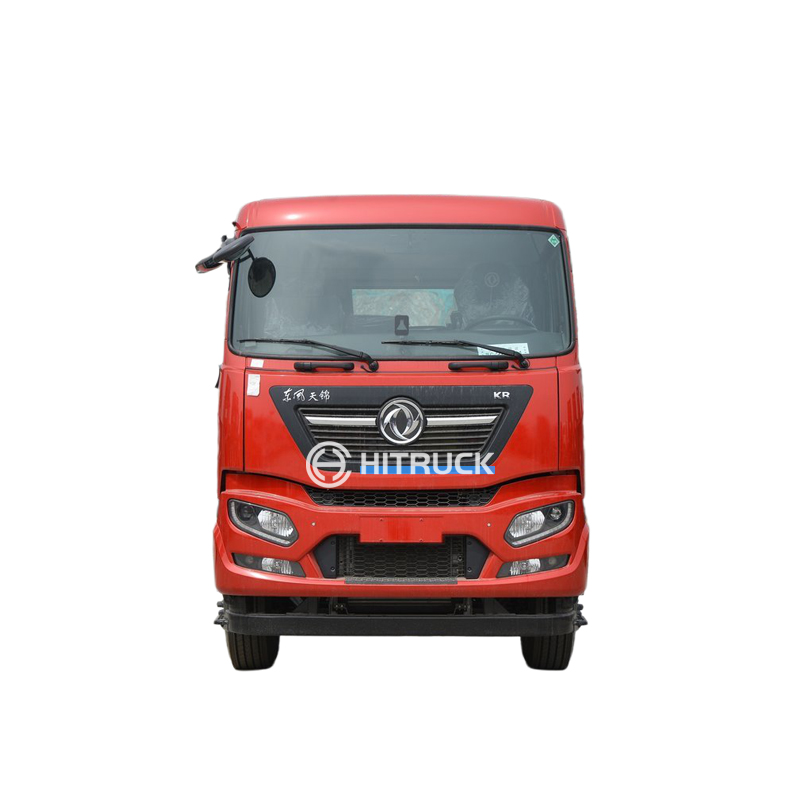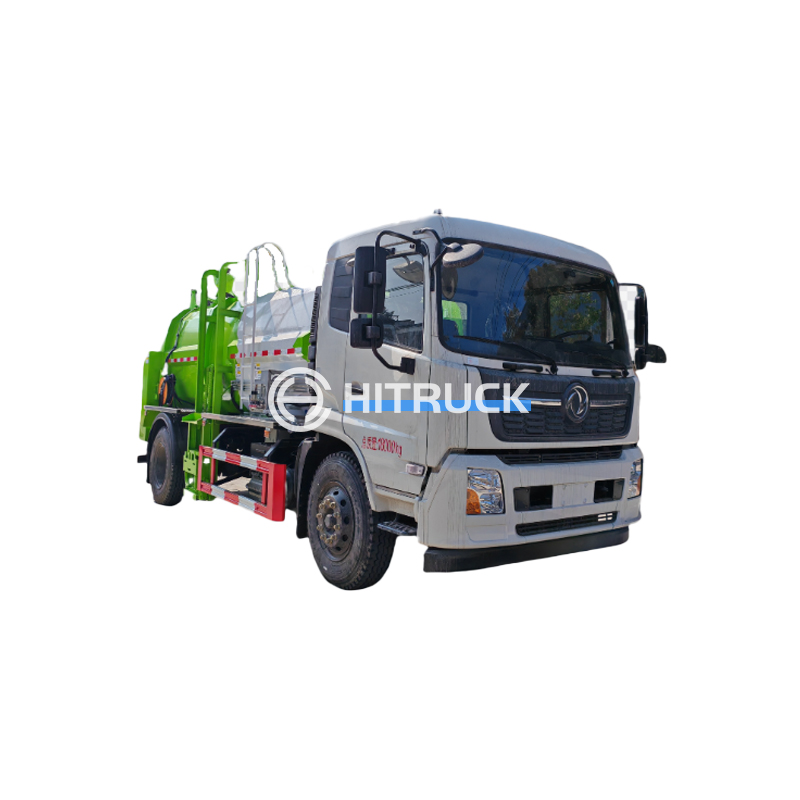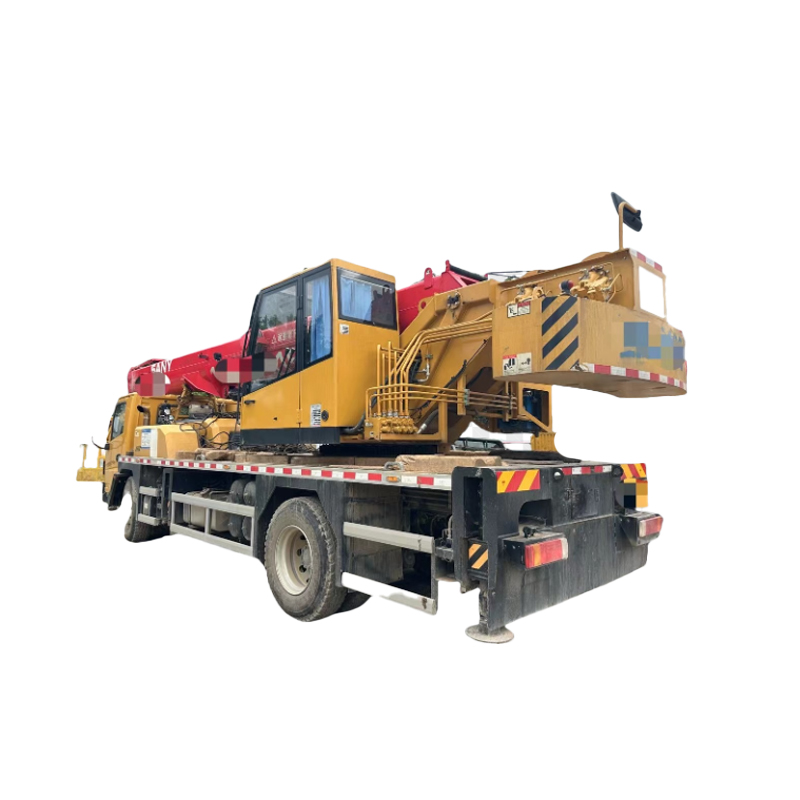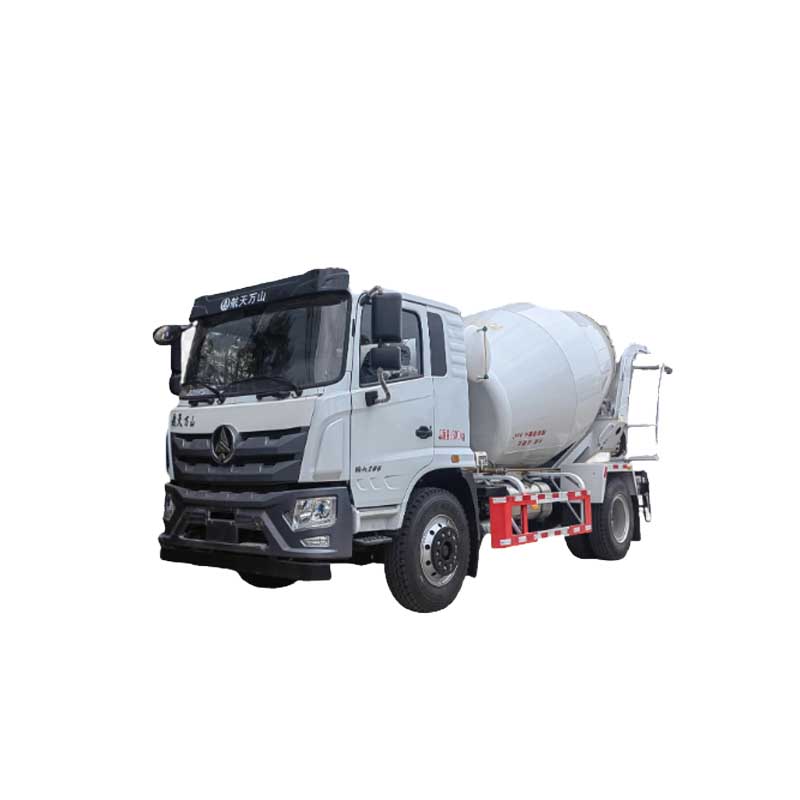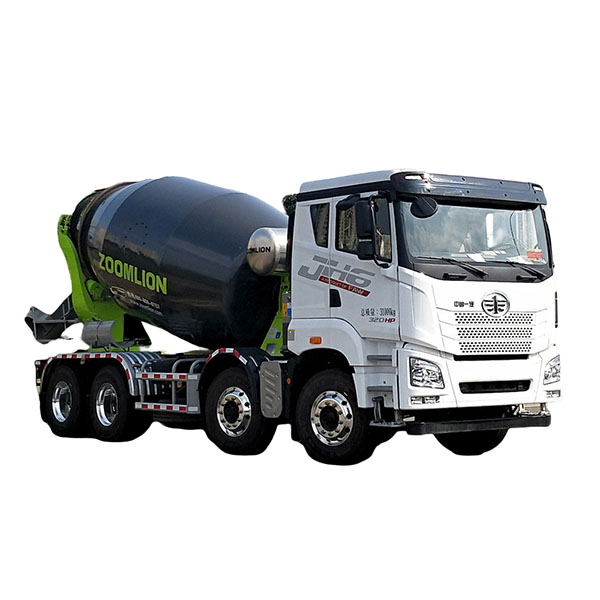This guide provides a detailed overview of pumper tanker fire trucks, covering their design, functionality, capabilities, and importance in firefighting operations. We'll explore various aspects, from the crucial components that make them effective to the different types available and their applications in diverse firefighting scenarios. Learn about the key features to consider when choosing a pumper tanker for your fire department, and discover why they are essential vehicles for effectively combating fires in remote areas and locations with limited water access.
A pumper tanker fire truck is a specialized firefighting vehicle that combines the pumping capabilities of a pumper truck with the water storage capacity of a tanker truck. This unique combination makes it incredibly versatile and essential for fighting fires in areas with limited or no access to hydrants. These trucks are equipped with a pump to draw water from various sources, including hydrants (if available), lakes, rivers, or even portable water tanks, and then deliver it through hoses to extinguish fires.
The heart of any pumper tanker is its powerful pump, capable of moving large volumes of water at high pressure. The pump's capacity is usually measured in gallons per minute (GPM) and is a critical factor determining the truck's effectiveness. High-pressure pumps are crucial for reaching distant fires and effectively combating intense blazes.
The onboard water tank is another vital component, providing a significant initial water supply for rapid fire suppression before connecting to other water sources. The size of the tank varies considerably depending on the truck's intended use and the anticipated fire scenarios. Larger tanks offer increased initial attack capability in remote locations.
A range of hoses and nozzles are essential for effectively directing water to the fire. Different nozzle types allow firefighters to adjust the water stream's pattern and pressure to best suit the specific fire conditions.
Modern pumper tanker fire trucks often include advanced features like:
Pumper tankers come in various sizes and configurations, catering to the specific needs of different fire departments. The size and capacity are often determined by factors such as geographical location, terrain, and the types of fires typically encountered.
| Type | Water Capacity (gallons) | Pump Capacity (GPM) | Typical Applications |
|---|---|---|---|
| Small Pumper Tanker | 500-1000 | 500-750 | Wildland fires, rural areas |
| Medium Pumper Tanker | 750-1000 | Suburban areas, larger wildland fires | |
| Large Pumper Tanker | 2000+ | 1000+ | Large-scale incidents, remote areas |
Note: These are general ranges, and actual specifications can vary significantly between manufacturers.
Selecting the appropriate pumper tanker requires careful consideration of several factors, including the specific needs of the fire department, the types of fires commonly encountered, and the budgetary constraints. Consulting with experienced fire professionals and equipment suppliers is highly recommended.
For those seeking high-quality pumper tanker fire trucks, consider reputable fire truck dealers and manufacturers. Many companies specialize in providing tailored solutions to meet the unique needs of various fire departments. For a wide selection of firefighting vehicles and equipment, visit Suizhou Haicang Automobile sales Co., LTD at https://www.hitruckmall.com/ They offer a comprehensive range of equipment to support firefighting efforts.
Pumper tanker fire trucks are indispensable assets in modern firefighting operations, especially in areas lacking ready access to hydrants. Understanding their capabilities, components, and selection criteria is crucial for fire departments to effectively combat fires and protect their communities. Careful consideration of various factors like pump capacity, water tank size, and additional features ensures that the chosen vehicle best meets the specific needs of the fire department and its service area.

